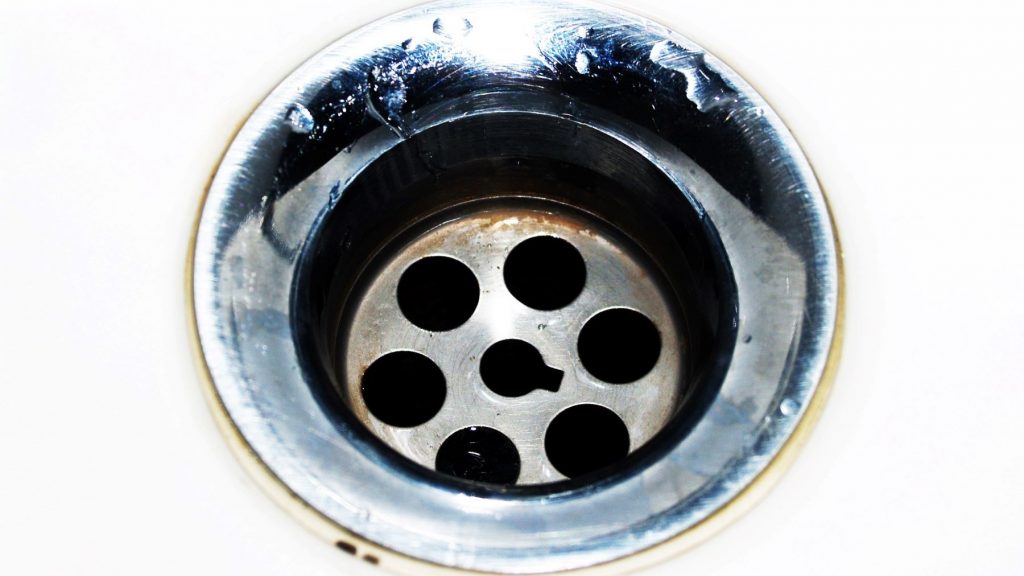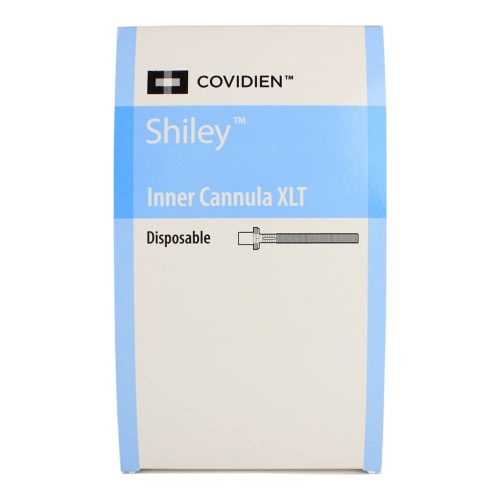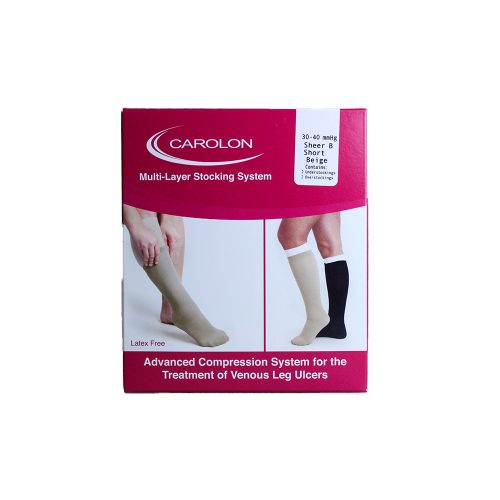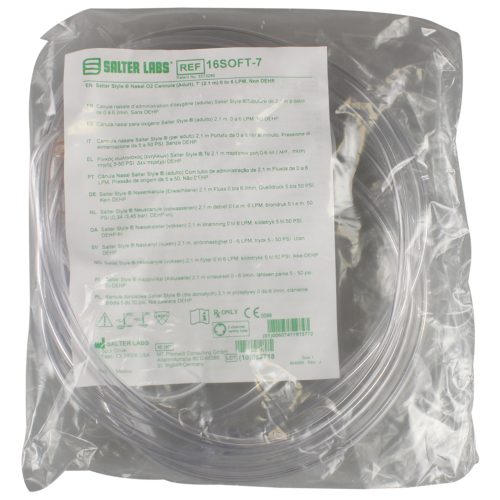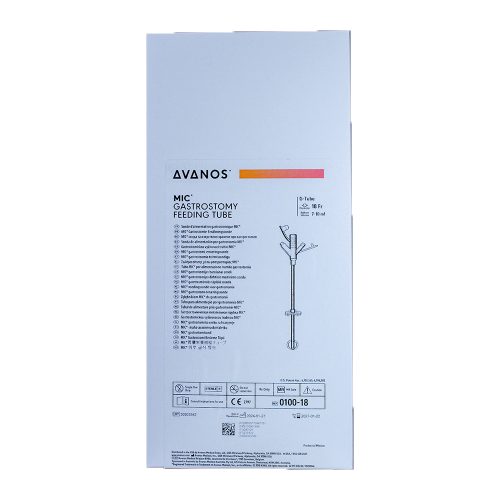A membrane known as the pleura covers the outside of the lungs and lines the chest cavity. The pleura lubricates this area and simultaneously aids in the breathing process. Although a small amount of fluid is expected here, excessive accumulation within the pleura’s layers is known as pleural effusion.
Pleural effusion typically coincides with the development of other medical conditions. Treatment begins with diagnosis, followed by a procedure to drain the fluid. At-home pleural drainage may also be recommended for ongoing fluid management. Keep reading to learn more about pleural effusion, drainage procedures and at-home management systems.
What Is Pleural Effusion?
Pleural effusion describes above-average fluid accumulation in the membrane lining the chest cavity and surrounding the lungs. This area typically includes about a teaspoon’s worth of fluid to help the chest cavity move as you breathe.
There are two types of pleural effusion:
- Transudative pertains to an excess amount of pleural fluid accumulation and tends to correlate with congestive heart failure, cirrhosis or pulmonary embolism. Patients may also see excess fluid accumulation following open-heart surgery. A pleural drainage procedure may not always be recommended for this type, with treatment focusing instead on the underlying cause.
- Exudative applies to an outside substance, including proteins, fluid, blood, bacteria or inflammatory cells, entering the pleural cavity. Patients are more likely to develop exudative pleural effusion as a result of pneumonia, lung cancer, pulmonary embolism, kidney disease or another inflammatory condition. This form is typically treated with pleural drainage.
Individuals may develop pleural effusion from:
- Fluid leaking from the body’s organs.
- Circulation issues.
- Cancers that start in or spread to the lungs.
- Infection.
- An autoimmune disease.
- Pulmonary embolism or an arterial blockage.
- Bleeding due to chest trauma.
- Chylothorax.
- Asbestos exposure.
- Ovarian hyperstimulation syndrome.
- A medication side effect.
- Certain surgical procedures, including abdominal and open-heart surgery.
- Radiation therapy.
Unfortunately, pleural effusion may be asymptomatic, especially in lower-level cases. Symptoms related to moderate to more severe cases include:
- Chest pain.
- Shortness of breath.
- Difficulty breathing, including only being able to breathe when sitting or standing.
- Chronic, dry cough.
- Fever.
Pleural Drainage Procedures
Treatment for pleural effusion is twofold. Your doctor will address the underlying condition and may recommend pleural drainage, especially if the membrane is inflamed or infected.
Generally, pleural drainage involves inserting a tube or catheter into the chest cavity to remove any accumulated fluid. Ultrasound or another imaging technology may assist with guiding treatment. Initially, small-bore tubes are used, while larger-diameter tubes may be necessary for a follow-up or if a large amount of fluid or air is present.
The tubes are then connected to a pleural drainage system using wall suction or gravity to help divert fluid out of the chest cavity.
Common drainage procedures include:
- Tube thoracostomy, a pleural drainage procedure starting with an incision in the chest wall to pass a tube into the pleural space. Once there, the tube stays there for multiple days.
- A pleural drain, which is recommended for recurring or chronic conditions. Your doctor may insert a pleural drainage catheter into the pleural space to help you manage fluid long term from home.
- Thoracentesis, which involves draining the fluid to manage initial symptoms. Based on type, the fluid may also be tested.
- Pleurodesis, a process that involves injecting an outside substance during drainage to help reduce recurrent pleural effusion.
- Decortication, a surgical procedure to remove any tissue contributing to recurrent pleural effusion.
Managing Pleural Drainage at Home
Along with a long-term catheter, you may be directed by your doctor to use a pleural drainage set designed to lessen fluid buildup within the chest cavity. Such sets include:
ASEPT® Pleural Drainage System
The ASEPT® Pleural Drainage System includes an easy-to-clean safety valve that connects a permanent catheter to a drainage bottle. Using the Seldinger technique, this minimally invasive solution reduces potential organ damage and dislocation and can be inserted in both inpatient and outpatient settings.
PleurX™ Pleural Drainage Catheter System
Used in clinical settings for over 15 years, the PleurX Pleural Effusion Catheter system helps manage symptoms related to recurrent pleural effusions, offering intermittent drainage from home. The system includes a tunneled catheter inserted through an outpatient procedure and vacuum drainage bottles.
Sources:
https://www.webmd.com/lung/pleural-effusion-symptoms-causes-treatments
https://www.ncbi.nlm.nih.gov/pmc/articles/PMC5874139/
https://my.clevelandclinic.org/health/diseases/17373-pleural-effusion-causes-signs–treatment
